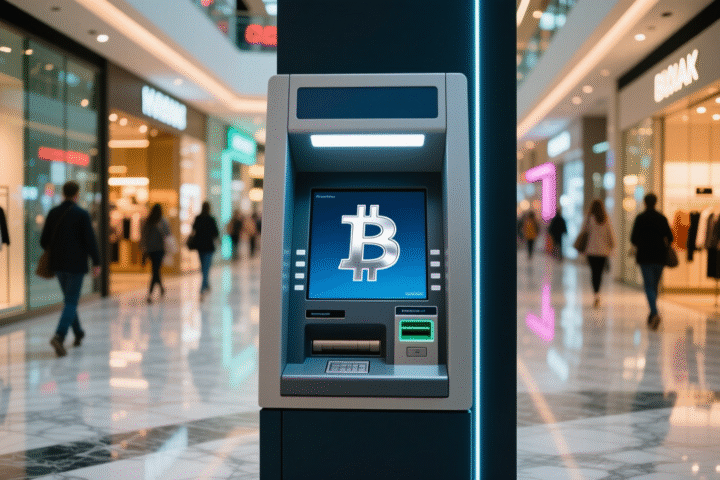President Donald Trump has signed an executive order to create a Strategic Bitcoin Reserve and a Digital Asset Stockpile, both funded by cryptocurrency seized in government criminal cases.
In a March 7 X post, White House AI and Crypto Czar David Sacks shared the news of President Trump’s signing. “The Reserve will be capitalized with Bitcoin owned by the federal government that was forfeited as part of criminal or civil asset forfeiture proceedings. This means it will not cost taxpayers a dime,” he wrote.
The U.S. government holds approximately 200,000 Bitcoin (BTC) worth $16.92 billion, but a full audit has never been conducted. The newly signed executive order now mandates a comprehensive review of the federal government’s digital asset holdings to ensure transparency and accountability.
The executive order states that any Bitcoin deposited into the Strategic Bitcoin Reserve will not be sold but retained as a store of value, signaling a long-term commitment to holding digital assets. Sacks also described the Strategic Bitcoin Reserve as a “digital Fort Knox.”
Additionally, the executive order grants the Secretaries of Treasury and Commerce the authority to devise budget-neutral strategies for acquiring additional Bitcoin, ensuring that any acquisitions do not impose extra costs on American taxpayers.
On the other hand, the Digital Asset Stockpile will include cryptocurrencies other than Bitcoin that have been forfeited in criminal or civil cases. While specific assets have not been confirmed, previous statements from President Trump suggest that holdings could potentially include XRP, ADA, ETH, and SOL.
The stockpile will be limited to cryptocurrencies obtained through forfeiture proceedings, with no plans for the government to acquire additional assets beyond those seized.
Sacks emphasized that the stockpile is intended to ensure responsible management of the government’s digital assets, with oversight by the Treasury Department.
In an X post, Fox Business journalist Eleanor Terrett provided clarification on the distinction between the Strategic Bitcoin Reserve and the Digital Asset Stockpile. “The key difference between the reserve and the stockpile is that the government will not actively look for ways to purchase more of the assets contained in the stockpile. It will only explore using government funds (if they can find budget neutral ways to do that) on buying $BTC,” Terrett wrote.
Sacks noted that by signing the executive order to establish the Strategic Bitcoin Reserve and Digital Asset Stockpile, President Trump fulfilled both of his commitments regarding digital asset policy. “This Executive Order underscores President Trump’s commitment to making the U.S. the “crypto capital of the world.” Sacks wrote.
Although Sacks pointed out that President Trump fulfilled his commitment, some in the crypto community questioned why the Strategic Bitcoin Reserve included only Bitcoin. They referenced Trump’s earlier statement, which mentioned the creation of a Crypto Strategic Reserve that would include a variety of digital assets.
“So, can you elaborate on the “Crypto Strategic Reserve including XRP, SOL, & ADA” thing that he posted about 4-days ago, since the U.S. government doesn’t own those?” A user by the name of Blockchain Backer wrote in response to Sacks’ X post.

President Trump’s earlier announcement about establishing a Crypto Strategic Reserve including multiple cryptocurrencies sparked mixed reactions and widespread debate within the crypto community.
Read More
- Strategic Bitcoin Reserve Draws Fire: ‘Nothing New,’ Critics Say
- Ripple ‘Pushed’ for Solana’s Inclusion in Crypto Reserve – Reports
- U.S. Crypto Reserve Plan to Be Unveiled at Friday’s Summit
Michaela has no crypto positions and does not hold any crypto assets. This article is provided for informational purposes only and should not be construed as financial advice. The Shib Magazine and The Shib Daily are the official media and publications of the Shiba Inu cryptocurrency project. Readers are encouraged to conduct their own research and consult with a qualified financial adviser before making any investment decisions.










